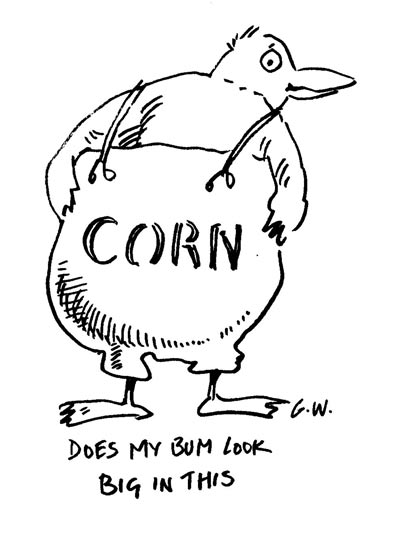|
|
Fructose in the 'fat dock' |
Foie gras is French for fatty liver. The delicacy, often sold as pate, is made when ducks or geese are force fed, causing their livers to fatten up as much as twelve times the normal size. However, what's shoved down their throats is not fat, but corn.
Pediatric endocrinologist Dr Robert Lustig of UC San Francisco Medical Center says he's starting to see fatty livers that look just like foie gras, not in ducks but in the bodies of overweight and obese children. ‘If you look at a kid's fatty liver, it looks just like pate,’ Dr Lustig says. ‘It's just got this glisteny white look to it, and you know it's not normal.’ The only difference between the kids and geese is that the kids do not eat corn, they drink excess quantities of soda drinks sweetened with fructose. The sugar and sweetener industries, unsurprisingly, take issue with the research claiming that the fructose in table sugar is biologically distinct from other forms of fructose and that these experiments used 100% pure fructose and that since we don't eat 100% pure fructose in our diets, these fructose studies are totally irrelevant to human nutrition. They also suggest that these studies will discourage Americans from eating fruits and vegetables, both relatively high in fructose. First published in September 2009
Read more research about fructose
|











